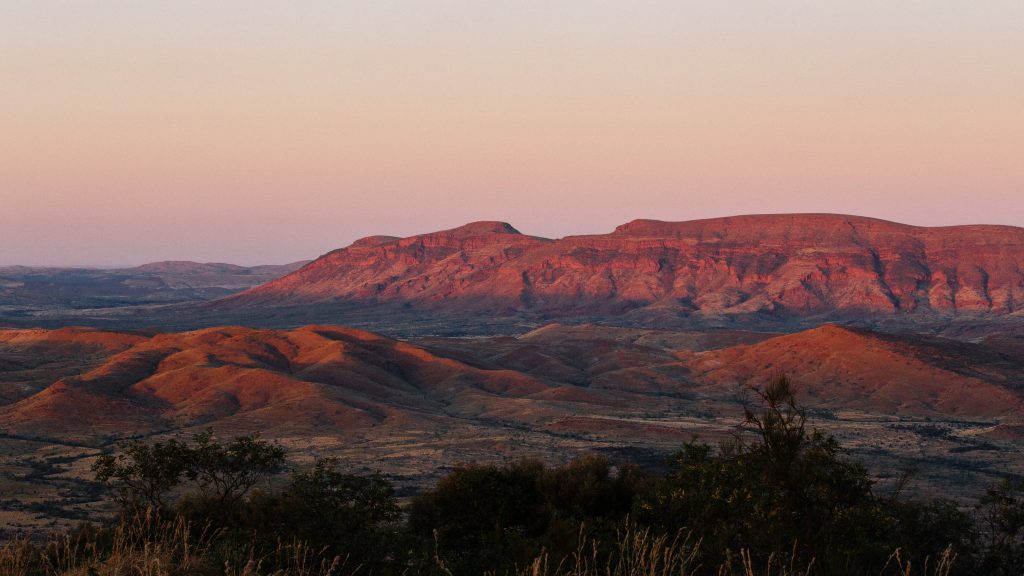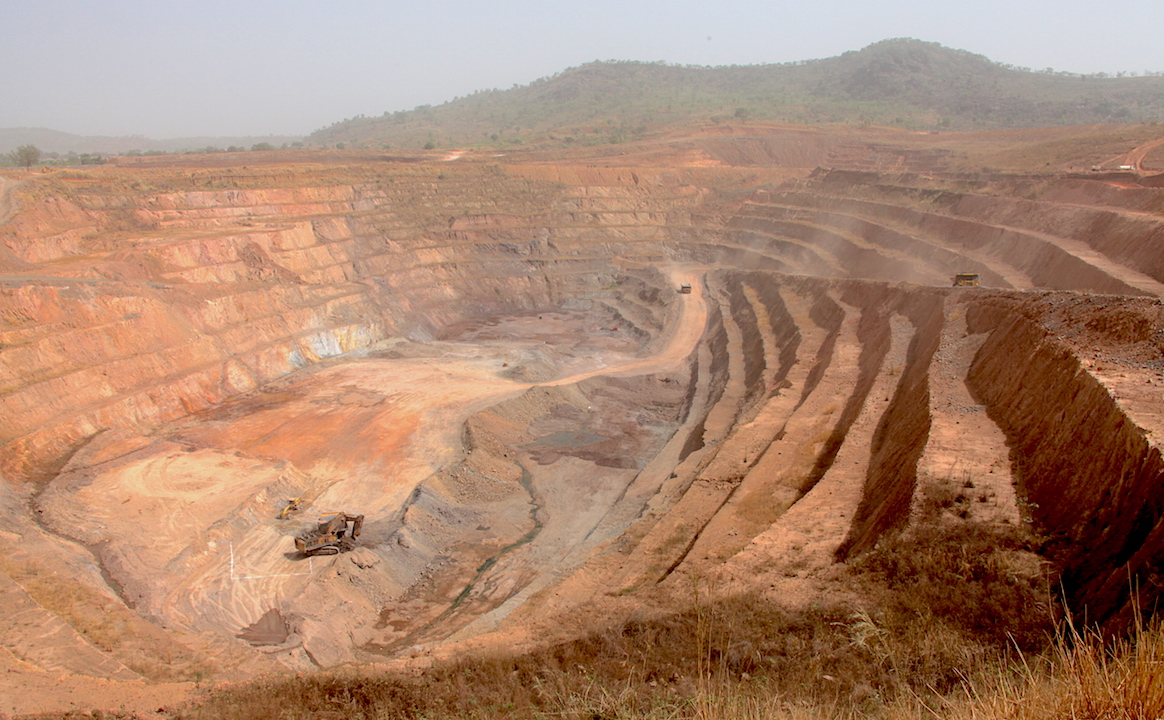Pilbara set for major hydrogen plant

The desolate red sands of the Pilbara region in western Australia, home to most of the iron ore mines that account for a major chunk of the nation’s export income, may one day house an ambitious hydrogen export hub.
The Asian Renewable Energy Hub, which would use electricity from wind and solar plants stretched across thousands of miles to produce hydrogen and ammonia, hopes to soon be awarded major project status by the government. That would allow it to fast-track through approvals processes toward its target of first exports by 2028 and bolster the nation’s ambitions to become a world-leading exporter of the zero-emissions fuel.
“We’re hoping to have an announcement from the federal government on major project status soon,” Alicia Eastman, co-founder of Intercontinental Energy, which is the lead investor in the consortium developing the project, said in an interview with Bloomberg TV.
“Green capital is lined up around the block.”
Alicia Eastman, co-founder of Intercontinental Energy
Energy planners are increasingly looking to hydrogen as a cleaner alternative to natural gas in the drive to limit global warming. Australia is seeking to use its vast empty spaces and abundant sun and wind to gain an edge in the nascent industry, which could meet almost a quarter of the world’s energy needs by 2050, according to BloombergNEF.
The project’s first phase would build wind and solar capacity of 15 gigawatts, making it the world’s largest power producing facility behind China’s Three Gorges Dam and equaling Australia’s current total commercial installations of the renewable technologies. That would be used to power electrolyzers that convert the energy into hydrogen at an initial capital cost of around A$22 billion ($16 billion). AREH’s owners target a final investment decision in 2025.
The government last year unveiled a national hydrogen strategy with a goal of commercial exports by 2030, and the fuel is one of five priority technologies in its road map to lowering greenhouse gas emissions. Australia has also entered partnerships with Germany, Japan and South Korea to explore ways to increase use of the fuel.
The consortium, which also includes CWP Renewables Pty, turbine manufacturer Vestas Wind Systems A/S and Pathway Investments, hopes the award of major project status will attract more investment, particularly from large funds looking to boost their exposure to clean energy projects to meet tougher environmental mandates.
Finding a way to transport hydrogen economically is one of the biggest challenges faced by champions of the fuel. The hub plans to use the Pilbara’s iron ore ports to ship ammonia, which is easier to move at commercial volume, and then convert it into hydrogen at the destination. The ammonia itself has a number of uses, including as a fertilizer in agriculture.
Securing buyers may also be a challenge, at least in the near term. While Hydrogen has been touted as a cleaner fuel for use in heavy transportation and in the steel-making process, it will require $150 billion worth of subsidies by 2030 to achieve commercial scale and drive the cost of production down toward levels competitive with more traditional fuel sources, according to BloombergNEF.
There are long-term plans to further scale up the operation to 26 gigawatts. The project cleared another hurdle last week when its environmental plan got a tick of approval from the Western Australia state government.
“Hydrogen and green fuels are expected to be a multi-trillion dollar market by 2050, so the demand is quite high,” said Eastman. “Green capital is lined up around the block.”
(By James Thornhill and Haidi Lun, with assistance from Shery Ahn and Yvonne Man)
More News
{{ commodity.name }}
{{ post.title }}
{{ post.date }}



Comments